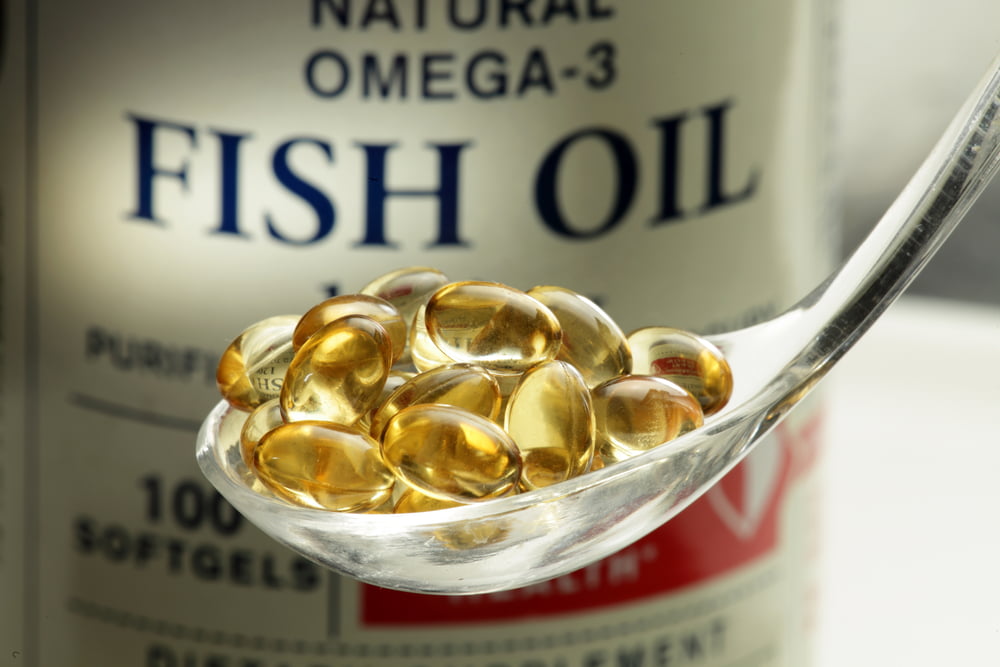TL;DR
-
EPA + DHA don’t lower LDL (“bad”) cholesterol—that’s what statins are for.
-
They also don’t raise LDL in generally healthy people using typical fish-oil supplements.
-
Where omega-3s shine: lowering triglycerides, supporting healthy blood pressure, and contributing to overall cardiovascular risk reduction—especially at adequate doses and with measurable blood levels.
1) Do fish-oil supplements raise LDL?
No. A large real-world analysis (Cooper Center + FARI; >9,000 adults, ~10-year span) asked:
-
Start vs. no start: People who began fish-oil use between visits did not see LDL go up.
-
Blood level change: A 1-unit rise in RBC DHA was linked to a small LDL decrease (~1–2 mg/dL).
-
Results held even after accounting for statins and other meds.
Bottom line: In everyday use, fish-oil isn’t pushing LDL upward.
2) What omega-3s do (and don’t) do for lipids
-
LDL cholesterol: EPA+DHA do not lower LDL (statins do).
-
Triglycerides: Robust evidence—EPA+DHA lower triglycerides, with greatest effect at higher doses (often 2–4 g/day under medical care for hypertriglyceridemia).
-
AHA perspective: Clinical guidance supports omega-3s for high triglycerides; supplement products aren’t “prescribed” for disease because of regulation, not efficacy.
3) Blood pressure: small but meaningful links
-
Observational and pooled data show higher Omega-3 Index associates with lower BP.
-
In healthy young adults, those in the highest Omega-3 Index quartile had ~4 mmHg lower systolic and ~2 mmHg lower diastolic pressure vs. the lowest.
4) How much intake gets you to a “cardioprotective” level?
-
Many benefits track with an Omega-3 Index of 8–12%.
-
Modeling suggests most people need both:
-
~3 non-fried fatty-fish meals/week, plus
-
a regular EPA+DHA supplement
to reliably reach ≥8%.
-
5) Practical guide
Food first (weekly):
-
Aim for 2–3+ servings of oily fish (salmon, sardines, herring, mackerel).
Supplements (general support):
-
Many adults use ~1,000–2,000 mg/day EPA+DHA.
-
For high triglycerides, medical regimens often use 2–4 g/day (physician-directed).
Measure, don’t guess:
-
Use an Omega-3 Index blood test to set a baseline, titrate dose, and confirm you’re at 8–12%.
Storage & quality:
-
Choose reputable brands; keep caps cool, dark, and sealed to limit oxidation; take with meals.
Safety notes:
-
If you’re on anticoagulants, have bleeding disorders, or are planning surgery, talk to your clinician about dosing.
Key takeaways
-
Keep your fish oil if you’re taking it for heart health—it won’t raise LDL and can help lower triglycerides and support BP.
-
Dose matters and blood levels matter: target an Omega-3 Index of 8–12% with consistent intake from fish plus supplements as needed.
-
Think of EPA+DHA as complementary to, not a replacement for, statins, diet quality, exercise, and BP management.




